How can understanding cognitive biases give you an edge in crypto trading? Let’s find out.
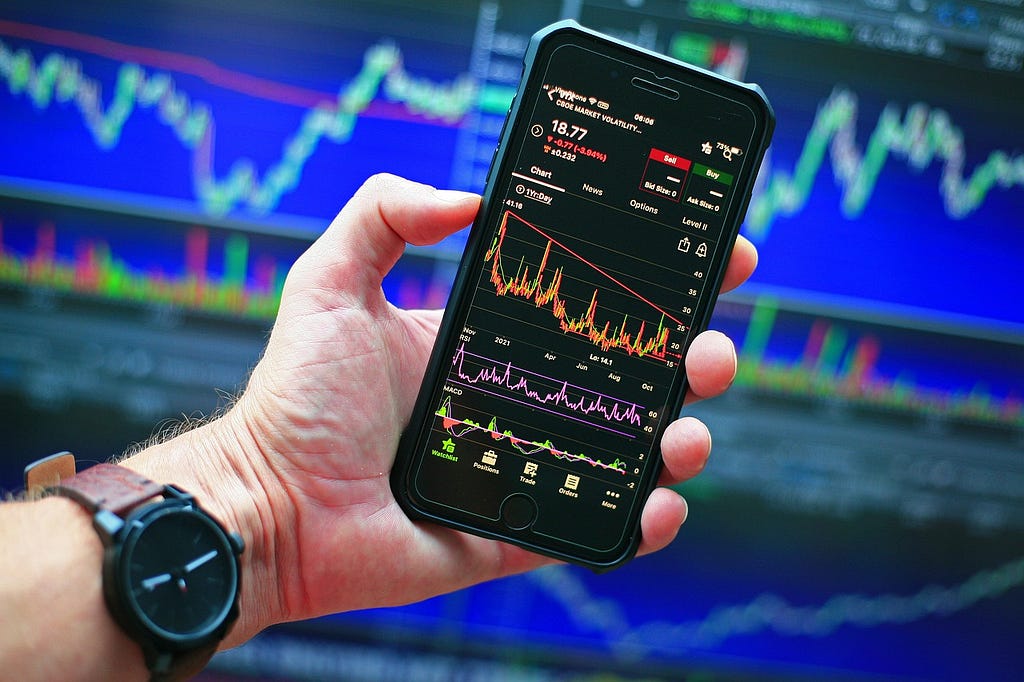
This is the second article in a series that explores how Nobel Prize-winning economic theories apply to investing, trading, and cryptocurrencies. These articles aim to do more than inform — you’ll learn how to use these theories in your trading practices.
Every year, the Swedish Academy recognizes the most influential economic ideas with the Nobel Prize. Our focus is on the theories that explain how markets work and how to make smarter investments.
In this article, we dive into the groundbreaking work of Richard Thaler, who was awarded the Nobel Prize in 2017 for his contributions to behavioral economics. Behavioral economics combines psychology and economics to reveal how people actually make financial decisions — which often defy traditional rational models. To do justice to Thaler’s ideas, we’re splitting this discussion into two parts. In this first part, we explore the basics of behavioral economics and key cognitive biases, showing how these ideas are especially relevant to trading and crypto markets.
WHAT IS BEHAVIORAL ECONOMICS?
Traditionally, economics has assumed that people are rational and maximize their utility based on all available information. This model, known as the expected utility theory, served as the basis of classical economic theory, in which economic agents — referred to as “Econs” — always make optimal decisions.
However, behavioral economics, developed through studies by Daniel Kahneman, Amos Tversky, and Richard Thaler, among others, have demonstrated the somewhat more intuitive point that people are influenced not only by mechanistic value calculations but also by the human elements of cognitive biases and emotions. This has led to a more flexible economic theory that reflects the complexities of human behavior in economic contexts and has had a profound practical impact on policies, markets, and personal finance by adjusting expectations and creating tools to improve decision-making.
Every economic decision is ultimately a human decision, shaped by behavior and psychology. While classical theory assumes that we learn from our mistakes, behavioral economics highlights that people often repeat irrational decisions due to ingrained thinking patterns known as cognitive biases. Thaler defines these cognitive biases as systematic distortions in our thinking that can lead us to make quick, intuitive decisions, which may not always be accurate, these repetitive thought patterns arise from our reliance on mental shortcuts, especially when we’re faced with complex situations or information overload. While these shortcuts, or heuristics, help us save time, they can also distort our interpretation of reality.
COGNITIVE BIASES IN TRADING AND CRYPTOCURRENCY MARKETS
In trading and cryptocurrency markets, understanding cognitive biases like loss aversion and overconfidence can reveal why traders may make suboptimal choices, by recognizing these biases, investors can work toward improving decision-making processes, enhancing risk management, and creating better trading strategies:
Loss Aversion
Loss aversion refers to the tendency for people to feel the emotional impact of a loss more intensely than the satisfaction of an equivalent gain. From a theoretical perspective, this cognitive bias arises because the human mind is naturally predisposed to avoid the pain of losing. In high-risk scenarios, this aversion often drives people to act conservatively to prevent losses, even if it means missing out on a potential gain. This behavior contrasts with classical economic theory, which assumes that individuals make rational choices to maximize utility. Instead, loss aversion often pushes people to “play it safe” to avoid the discomfort of possible loss — a crucial insight for anyone making decisions in investing or trading, where understanding loss aversion can lead to more balanced and rational choices.
Practical example: An investor buys a token at a market price of $300 and, seeing the price drop to $230, decides not to sell in order to avoid “accepting the loss.” While continuing to hold it may not be the best strategy, objectively speaking, the investor avoids selling due to the emotional pain associated with loss, potentially leading them to hold onto a losing investment for a long time, waiting for an uncertain recovery. Here, the thought that the investment went poorly, to begin with, but may pay off later is an easier pill to swallow than having to accept the trade idea was a bad one and seeing the paper losses realized.
Mental Accounting
This bias occurs when people divide their money into different “mental accounts” based on its purpose or source, treating each account differently, even though, in theory, all money should be valued equally.
Theoretically, this behavior contradicts the rational approach of classical economics, which assumes people make financial decisions in an integrated and logical way. In reality, “mental accounts” can make us more likely to spend “extra” money (such as an unexpected gain) while being more careful with funds saved for important goals, even if both sources have the same value. This bias arises because people tend to categorize their money by origin or purpose, labeling it as “spending money,” “emergency money,” or “investment gains.”
Practical example: A trader makes a $500 profit from a trade and considers it “easy money,” deciding to reinvest it into some volatile token. The weight of that $500 is not felt in the same way because it came by them so easily. By contrast, they may be inclined to treat their savings with greater caution; this mental distinction between “earned money” and “hard-earned money” can lead to unnecessary risks in investments.
Endowment Effect
People tend to value what they own more than what they don’t, even if both have the same objective value. This effect suggests that merely owning something subjectively increases its value, creating a psychological “attachment” that makes people less willing to sell or exchange it.
This bias goes against classical economic theory, which holds that people value a good solely based on its utility or market value, with ownership having no influence. In reality, the endowment effect shows that ownership introduces an emotional value that leads people to demand more money to sell an object than they would be willing to pay to acquire it, resulting in inconsistent pricing and less rational buying and selling decisions.
Practical example: An investor buys Ethereum and, although the price rises, hesitates to sell because of an attachment to their investment. They consider their Ethereum to be “special” simply because it’s theirs, preventing them from selling to take profits and strategically reinvesting in another asset.
Overconfidence Bias
This bias occurs when people overestimate their ability to predict or control market outcomes.
In classical economics, agents are assumed to act rationally, evaluating their decisions based on objective information. However, overconfidence bias shows that this assumption is limited, as individuals do not always recognize their limitations. This bias can lead, for instance, to a trader investing in a highly volatile asset, confident they know when to enter or exit the market when, in reality, the conditions are much more unpredictable than they perceive.
Example in trading: A trader believes they have the skill to predict crypto market highs and lows based on recent patterns, ignoring the market’s high volatility. This confidence in their intuition may lead them to make large, risky bets. Dare one say that the reader likely knows (or perhaps is) a person like this?
Status Quo Bias
This final bias reflects the tendency to prefer keeping things as they are, avoiding changes even when an adjustment could be beneficial. This bias implies that people often stick to their current situation — the “status quo” — for reasons like comfort, fear of risk, or simple inertia.
From a theoretical perspective, this bias is considered a barrier to optimal decision-making, as it leads people to reject alternatives that could improve their situation simply because they involve a change. This behavior challenges classical economic theory, which assumes that people always choose the most rational or beneficial option. In practice, status quo bias is observed in contexts like investments and finance, where investors may keep assets in their portfolio without reviewing them due to the risk of change or simply out of habit.
Practical example: An investor keeps their crypto portfolio unchanged even though other assets are showing better potential. This inertia leads them to miss opportunities to optimize their portfolio, simply due to comfort or lack of motivation to change.
CONCLUSION
In this article, we explored how cognitive biases influence our investment decisions. Behavioral economics, propelled by the work of Richard Thaler, demonstrates that humans are not always rational and that our psychology significantly impacts how we manage risk and perceive gains or losses. Biases such as loss aversion, mental accounting, and overconfidence reveal how our decisions can deviate from classical economic rationality, often leading to suboptimal market outcomes.
In the next article, we will continue exploring behavioral economics with a deeper focus on advanced concepts like nudge theory and mental accounting, also developed by Richard Thaler. Additionally, we’ll discuss specific strategies for experienced traders, applying these principles to real-world situations in the crypto markets.
If you enjoyed this article, please share it and stay tuned for next week’s follow-up!
How Your Emotions Affect Your Trading Decisions was originally published in The Capital on Medium, where people are continuing the conversation by highlighting and responding to this story.

 3 months ago
49
3 months ago
49

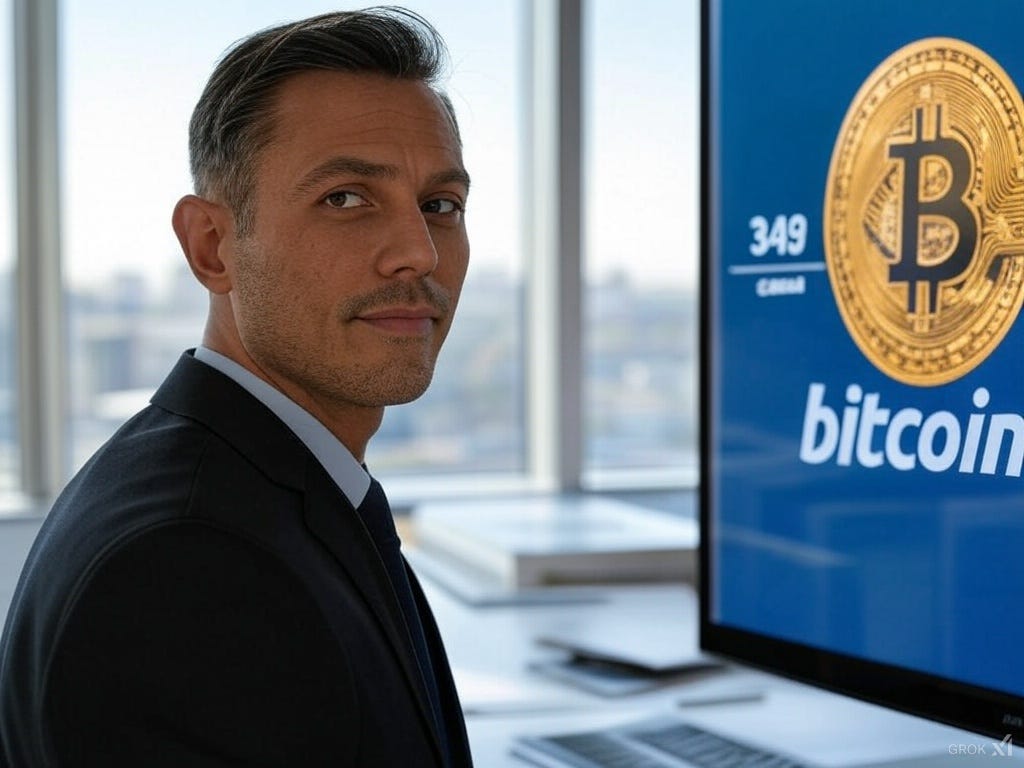
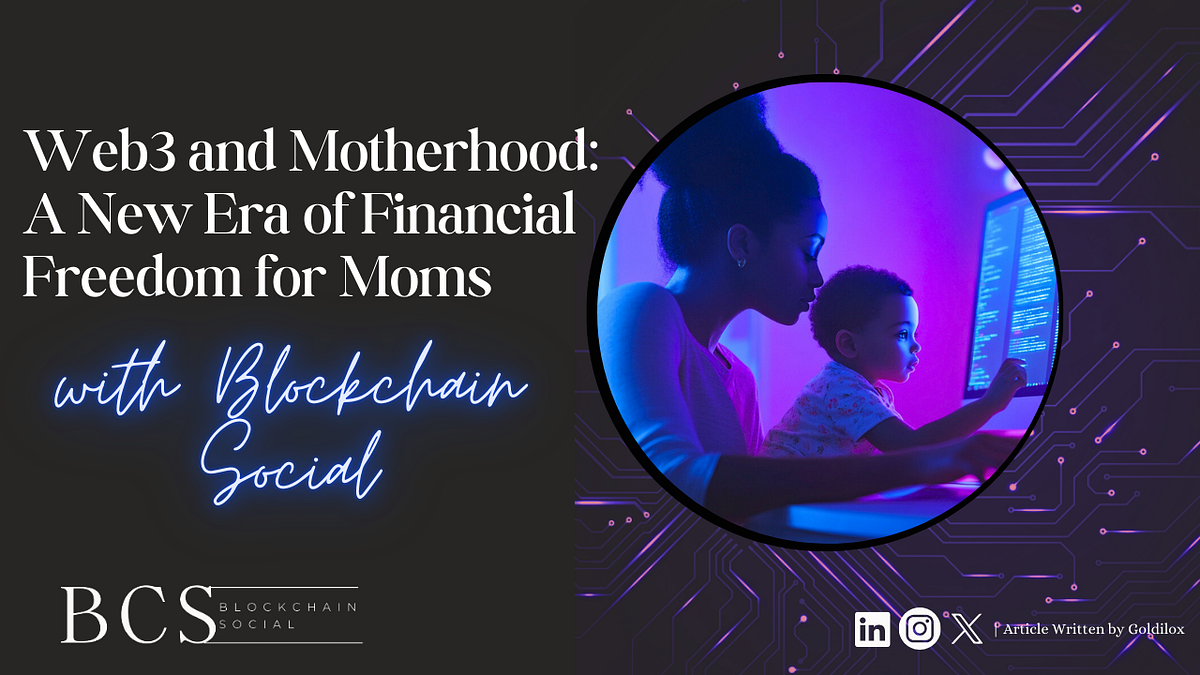
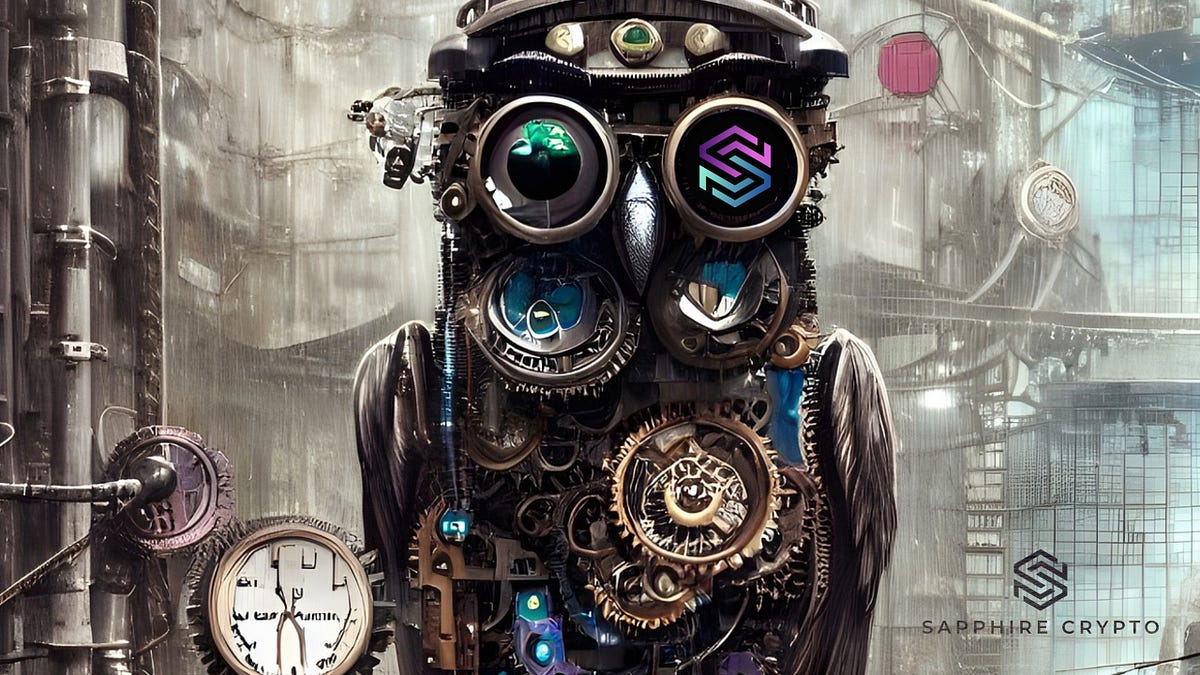


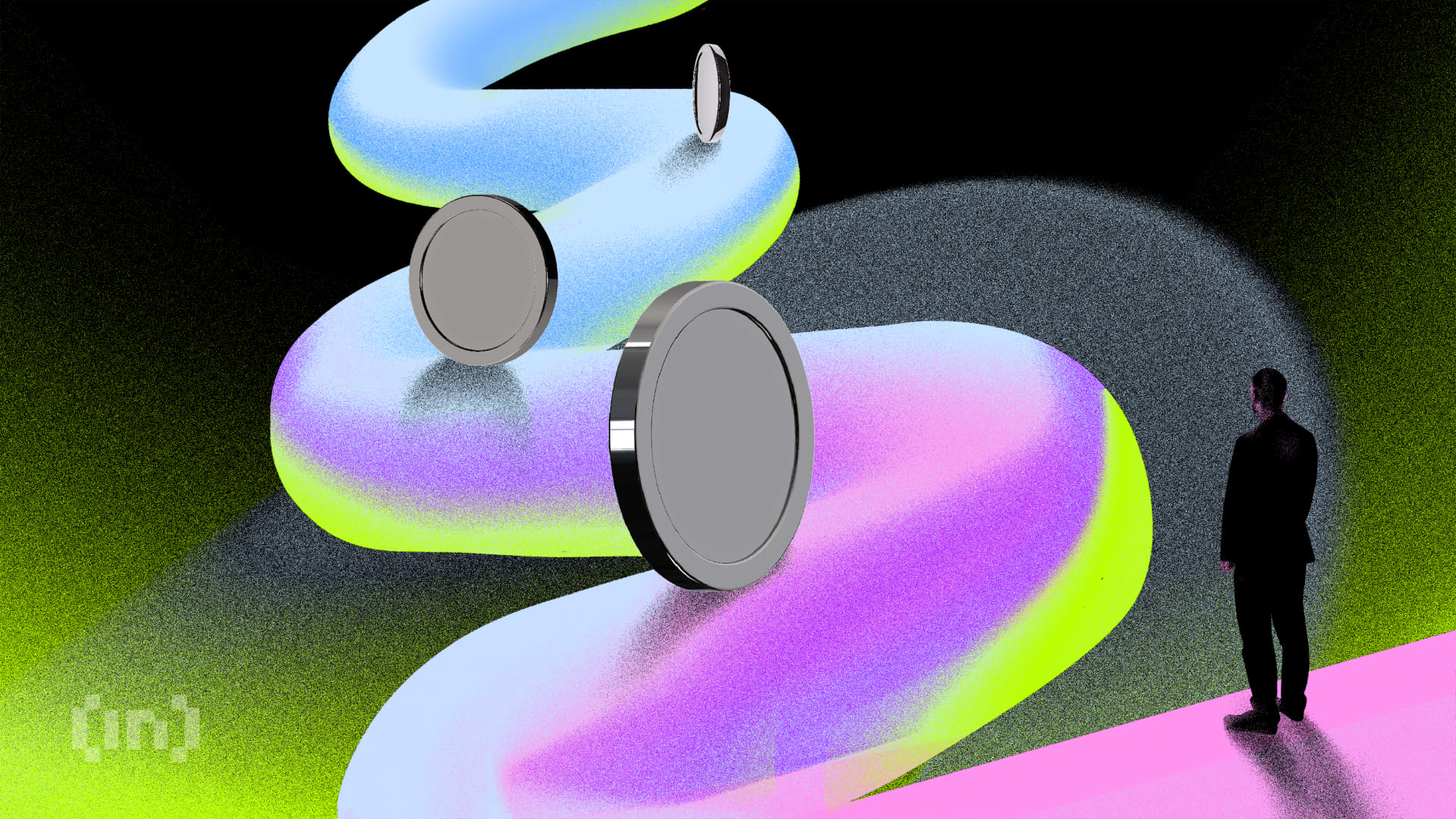


 English (US) ·
English (US) ·